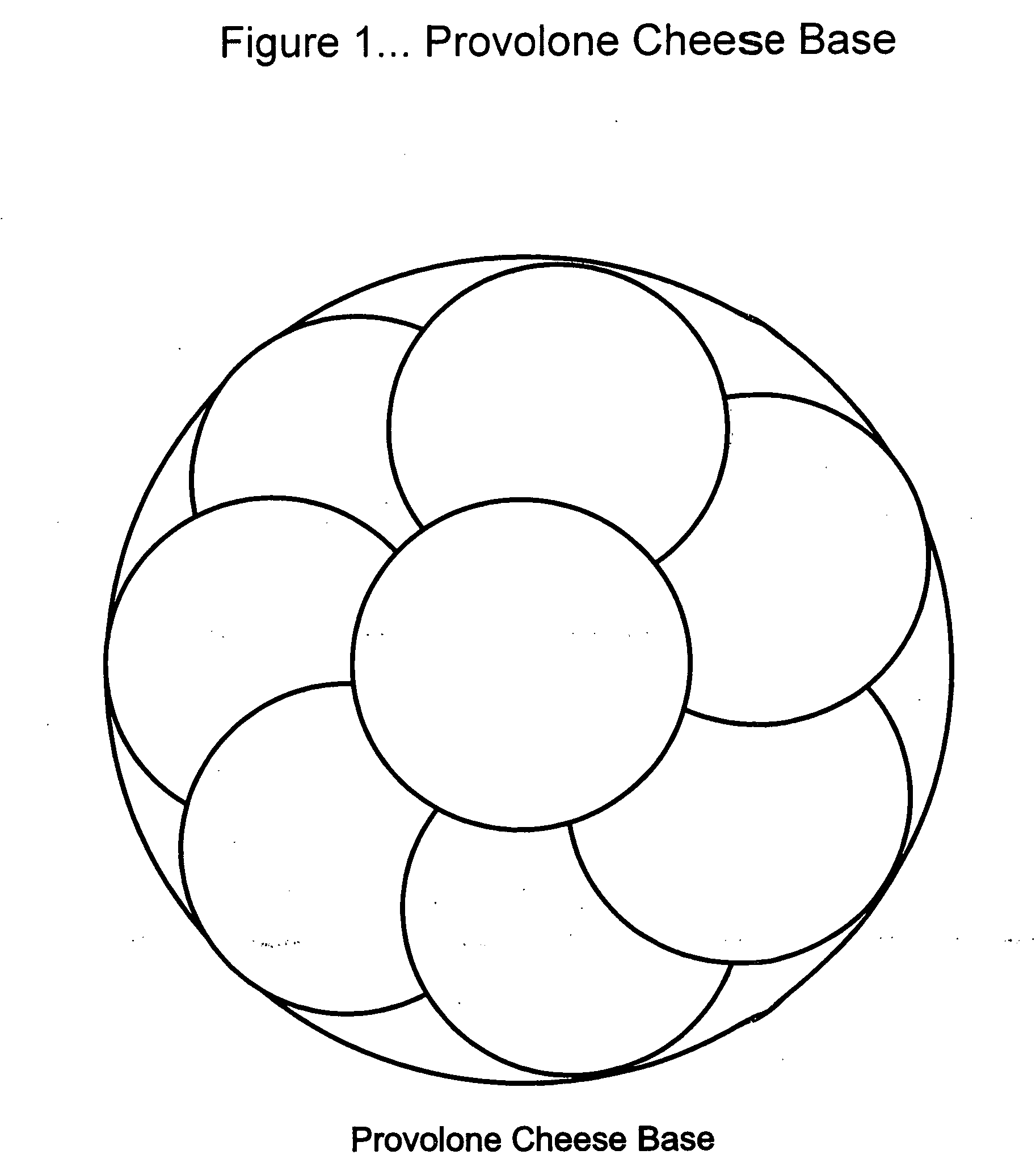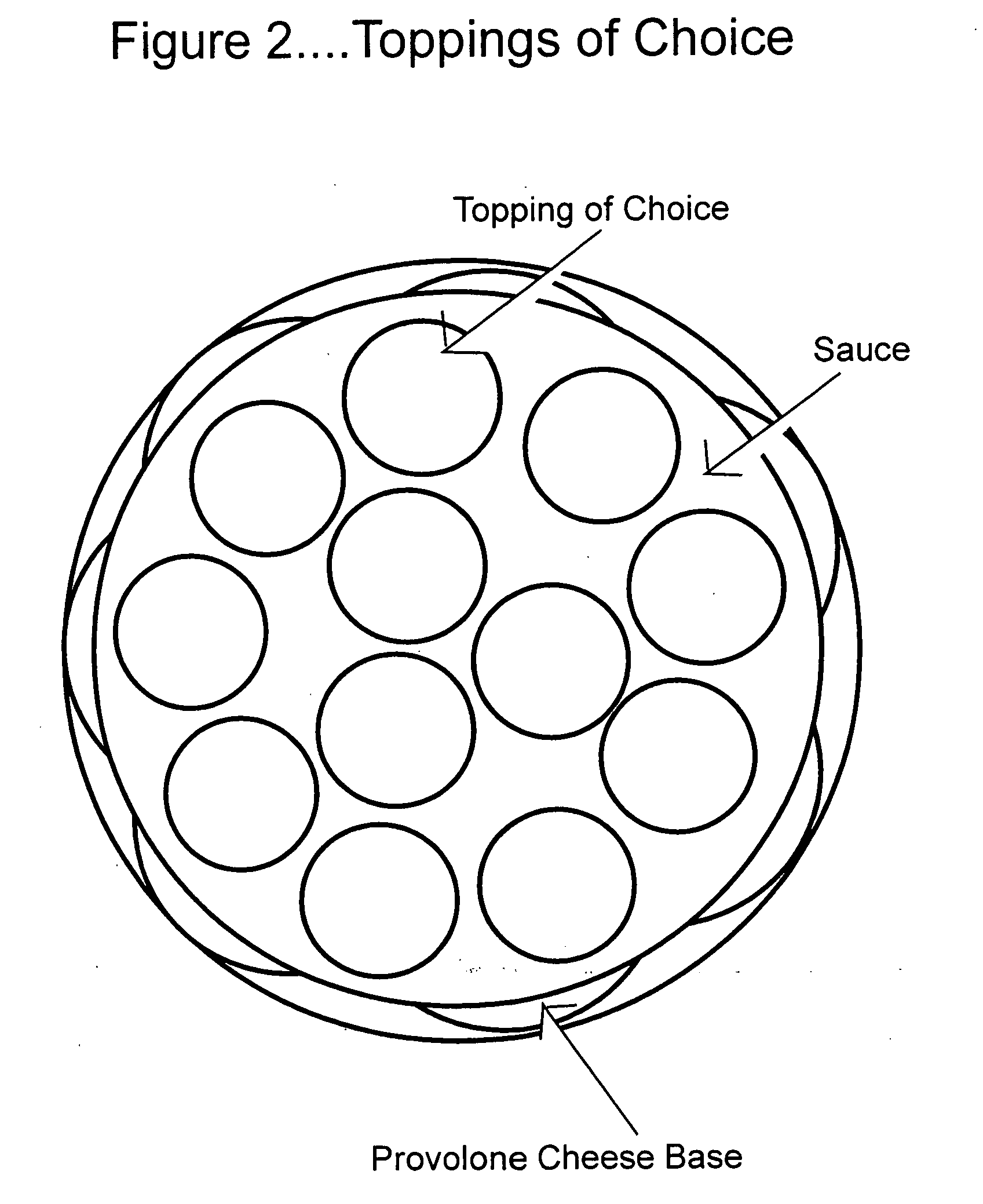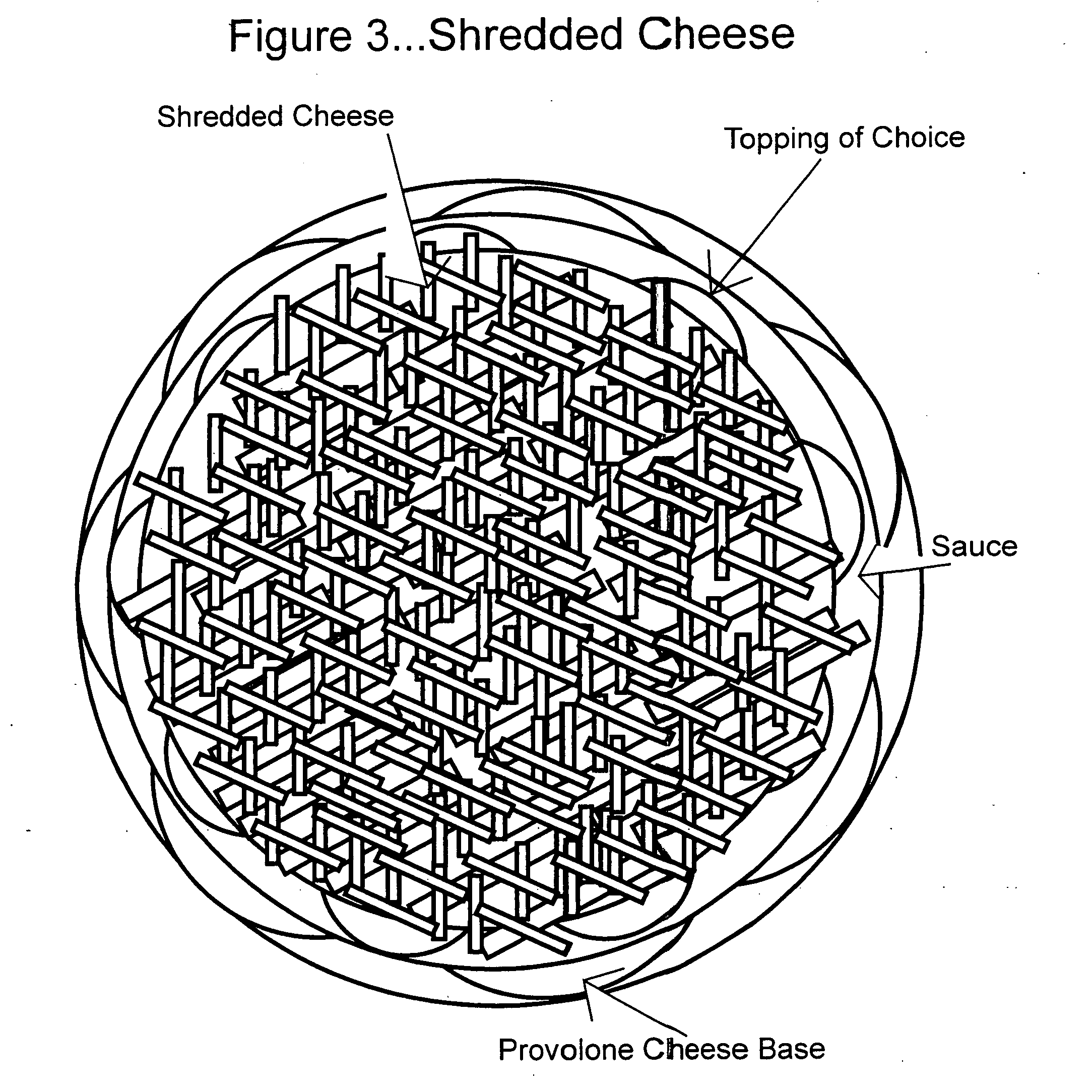Method to generate, verify and deny an undeniable signature
a technology of undeniable signatures and verification methods, applied in the field of electronic signatures, can solve problems such as size problems
- Summary
- Abstract
- Description
- Claims
- Application Information
AI Technical Summary
Benefits of technology
Problems solved by technology
Method used
Image
Examples
example 1
[0023] We take a cyclic group G of order q, H=Zq, and a generator g of G. The set A={(g, 1)} interpolates in a group homomorphism. Finally we notice that the GHI Problem is exactly the discrete logarithm problem.
example 2
[0024] We take a cyclic group G=H, and a generator g of G. For any a∈Z, A={(g, ag)} interpolates in a group homomorphism which is the exponentiation to the power a. Finally, we notice that GHI and GHID Problems with t=1 are exactly the Diffie-Hellman problem and the decisional Diffie-Hellman problem respectively.
example 3
[0025] Let n=p×q such that p, q are different odd primes and H={−1, +1}. We let x1, x2∈Zn* be such that x1 is a quadratic residue modulo p and not modulo q, and that x2 is a quadratic residue modulo q, and not modulo p. We notice that A={(x1, 1), (x2, −1} interpolates in a unique group homomorphism which is (.p).
Since it is easy to compute (.n).
the GHI and GHID problems are equivalent to distinguishing quadratic residues modulo n from non quadratic residues.
PUM
 Login to View More
Login to View More Abstract
Description
Claims
Application Information
 Login to View More
Login to View More - R&D
- Intellectual Property
- Life Sciences
- Materials
- Tech Scout
- Unparalleled Data Quality
- Higher Quality Content
- 60% Fewer Hallucinations
Browse by: Latest US Patents, China's latest patents, Technical Efficacy Thesaurus, Application Domain, Technology Topic, Popular Technical Reports.
© 2025 PatSnap. All rights reserved.Legal|Privacy policy|Modern Slavery Act Transparency Statement|Sitemap|About US| Contact US: help@patsnap.com



